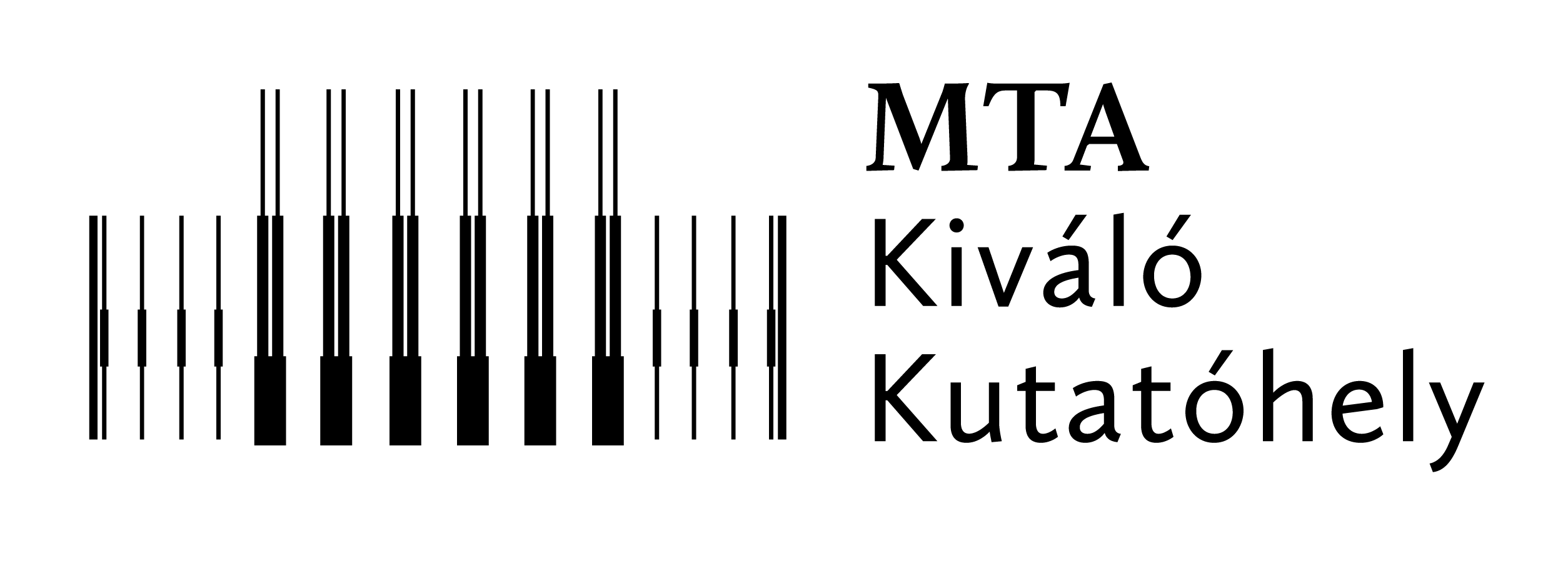Előadó: Horváth Benedek
Az előadás témája: The role of surface processes in low-pressure Capacitively Coupled Plasmas
Az előadás időpontja: 2021. október 26., 10 óra
Helyszín: 1-es épület, Tanácsterem, illetve online: https://teams.microsoft.com/l/meetup-join/19%3ace423c05cd1543ab9f9905886590ad69%40thread.tacv2/1634642706945?context=%7b%22Tid%22%3a%224d7ddeef-14ff-4911-8c11-401c69384d77%22%2c%22Oid%22%3a%22969d2d4a-5ba8-43f1-bd69-93f0998b025f%22%7d
Összefoglaló:
Low-pressure Capacitively Coupled Plasmas (CCPs) are common plasma sources in laboratory, which are of interest of both academic research and technological applications. These systems are driven by a radio-frequency voltage, which results in a stationary state of the plasma parameters with a periodic modulation. The Particle-in-Cell/Monte Carlo Collisions (PIC/MCC) kinetic simulation method is a widely applied tool for the computational study of CCPs. While many efforts have been taken to model the gas phase processes of CCPs precisely in PIC/MCC simulations, the surface processes are often neglected or considered with rough simplifications in such simulations. By using various surface models in the simulations of low-pressure CCPs operated in electropositive and electronegative gases, a dramatic effect of using realistic surface models on the PIC/MCC simulation results was revealed (B Horváth et. al. 2017 Plasma Sources Sci. Technol. 26 124001; B Horváth et. al. 2018 J. Phys. D: Appl. Phys. 51 355204). This work is presented in this talk, as well as a computationally assisted spectroscopic technique used to determine the ion-induced secondary electron emission coefficient of the stainless steel electrodes in a neon CCP (B Horváth et. al. 2020 Plasma Sources Sci. Technol. 29 055002).



